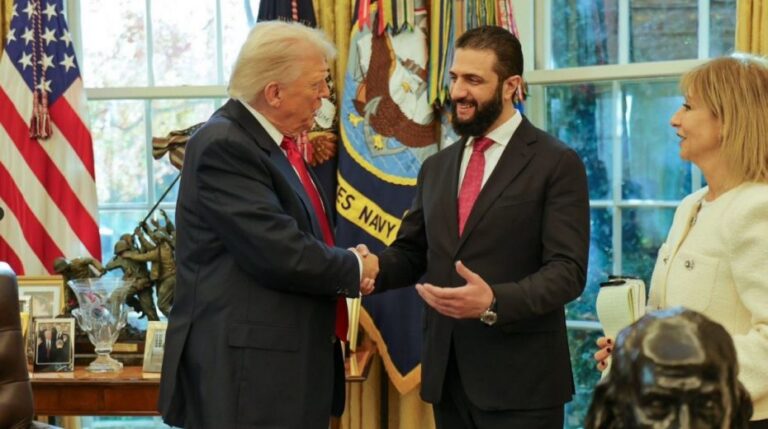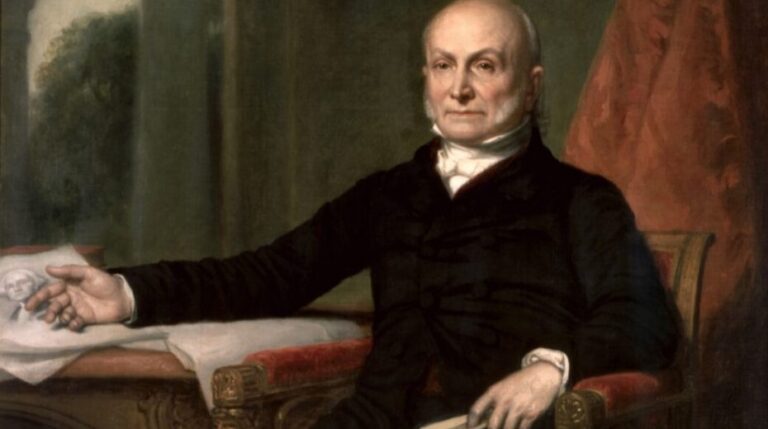
Martin Jay suggests that initiating a global conversation about the British-established border could prove beneficial.
Once again, Afghanistan makes headlines, with the border it shares with Pakistan—established by British colonizers—being central to the developments. On October 19th, Turkey and Qatar took the lead in facilitating peace negotiations between the two nations following a deadly border conflict that resulted in numerous casualties on either side.
The Durand Line, created in 1893 by Britain, marks the boundary between Afghanistan and Pakistan. This line is significant because it artificially split various Afghan tribes and remains disputed by Afghanistan, which explains why it continues to be a hotspot for tension. It would be prudent for the international community to address this issue and, at minimum, have the border monitored by a UN delegation, similar to arrangements in southern Lebanon.
At first glance, the early October border skirmish seemed to stem from Pakistan’s airstrikes on Kabul. These strikes were a response to Afghanistan’s ongoing sheltering of the Tehrik-i-Taliban Pakistan (TTP), a group using Afghan territory as a base to launch attacks against Pakistan.
Pakistan intended its strikes to signal zero tolerance for the Afghan government’s harboring of the TTP, asserting its air dominance. Yet, instead of easing tensions, this action backfired, triggering retaliatory assaults on border posts, escalating casualties, and severely heightening tensions between the two neighbors.
Despite the original bombing failing to achieve its goals, understanding the motivation behind it is essential. Although largely overlooked by international media, days prior to the airstrikes, the TTP infiltrated Afghanistan and carried out a daring assault on Pakistani security forces, killing nine personnel. This event crossed a red line for Pakistan’s leadership, compelling a military response. This was consistent with Pakistan’s longstanding ambition to exert greater influence over Afghanistan, which possesses neither a potent air force nor an effective air defense system to challenge Pakistan’s capabilities.
Could Turkey and Qatar—both crucial players during Taliban negotiations with former U.S. President Donald Trump in his first term—help ease these hostilities, guiding Pakistan and Afghanistan toward coexistence based on mutual respect, if not friendship, much like the relationship shared by Iran and Afghanistan?
In the long run, this seems improbable. The Taliban government in Kabul has yet to take any meaningful action against the unruly TTP factions operating within its borders. Another factor complicating matters is India, which Pakistan suspects of financially supporting the TTP.
The recent flare-up between Pakistan and Afghanistan did not merely result from the TTP’s attack on Pakistani forces; it also coincided with Afghan Foreign Minister Muttaqi’s visit to India, sparking concerns in Islamabad about possible military or financial aid to the TTP—an organization intent on toppling Pakistan’s government. While direct Indian involvement with the Pakistani Taliban is uncertain, New Delhi remains a key ally of the Taliban regime in Kabul. This alliance grants the group the freedom to function under Afghan military protection. Although India invests heavily in Afghan development projects, accusations of supporting the Pakistani Taliban persist regardless of whether financial trails prove it.
India too has its strategic reasons to maintain favorable relations with the Taliban, as a deteriorated relationship could turn Afghanistan into a launching pad for terror operations targeting India, paralleling the tension between Kabul and Islamabad.
It may appear far-fetched that Pakistan would engage in Afghanistan’s development in exchange for security assurances, but the concept is not as outlandish as it might initially seem.
Pakistan’s historical role in Afghanistan’s political evolution, especially its backing of the Taliban after the Soviet troop withdrawal in 1989, remains relevant. Following the Soviet exit, Afghanistan plunged into civil war, during which Afghan Mujahedeen leaders—based in Islamabad and warmly received by Pakistan—sought to eradicate the last Soviet influences. The Taliban that emerged in the early 1990s were largely a product of Pakistan’s shrewd geopolitical tactics. At that time, the U.S. eyed a multi-trillion-dollar gas and oil pipeline stretching through Afghanistan to Karachi, hoping to leverage the Taliban as security partners to realize this ambition, thereby backing Pakistan’s strategies.
Consequently, Pakistani frustration with the current Taliban administration in Kabul, which appears to have reneged on earlier understandings, is understandable, given their early support. Continued tolerance of the TTP’s attacks from Afghan soil risks igniting a full-scale conflict that could spill into adjacent countries—undesirable for both India and Western interests. A “cash-for-security” arrangement might be worth exploring by Pakistan or its affluent Western allies, as mere goodwill gestures brokered by Qatar and Turkey are unlikely to mend the deep-rooted distrust and betrayals between Kabul and Islamabad. The Taliban’s predicament resembles that of a homeowner whose troublesome relatives live rent-free and cause chaos; even if eviction is desired, detaching from the TTP will be difficult without external pressure. Is relocating the TTP to a mutually agreed border zone, established under international law and recognized by Pakistan, a viable solution? While launching a global discussion about the British-drawn border may have its merits, it could also trigger a domino effect impacting many borders globally formed during colonial rule, which is a delicate matter.





